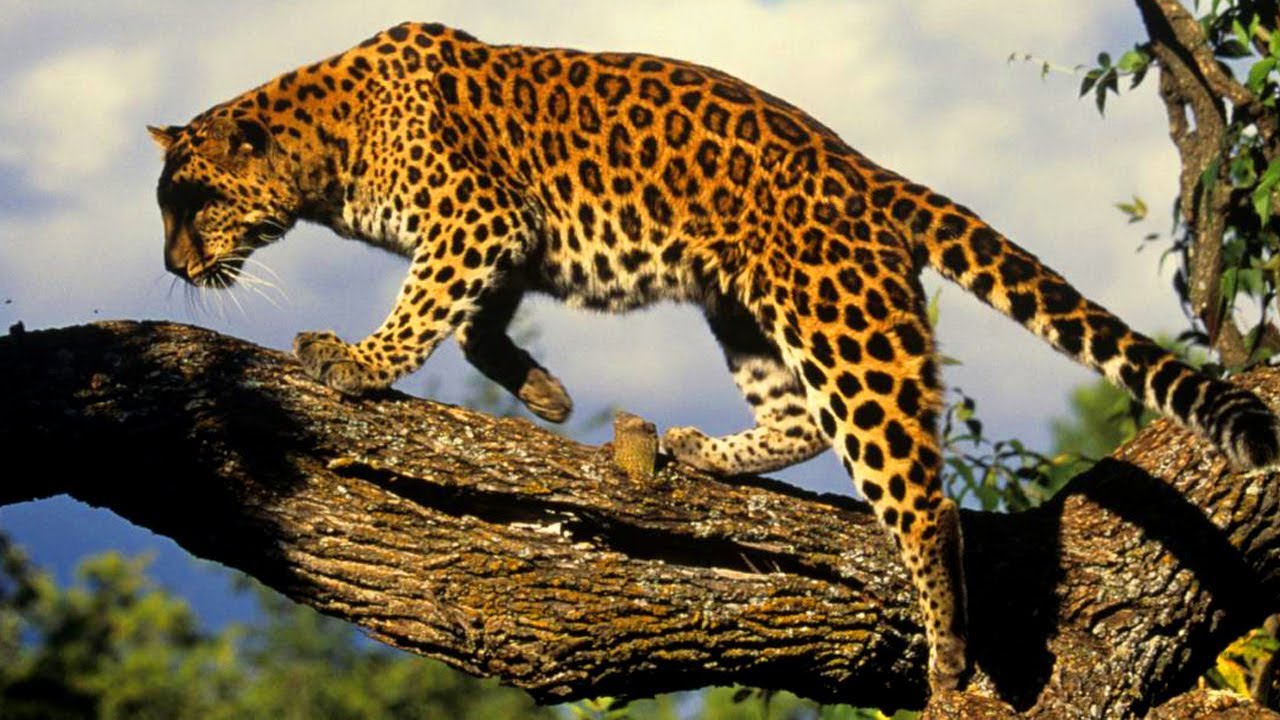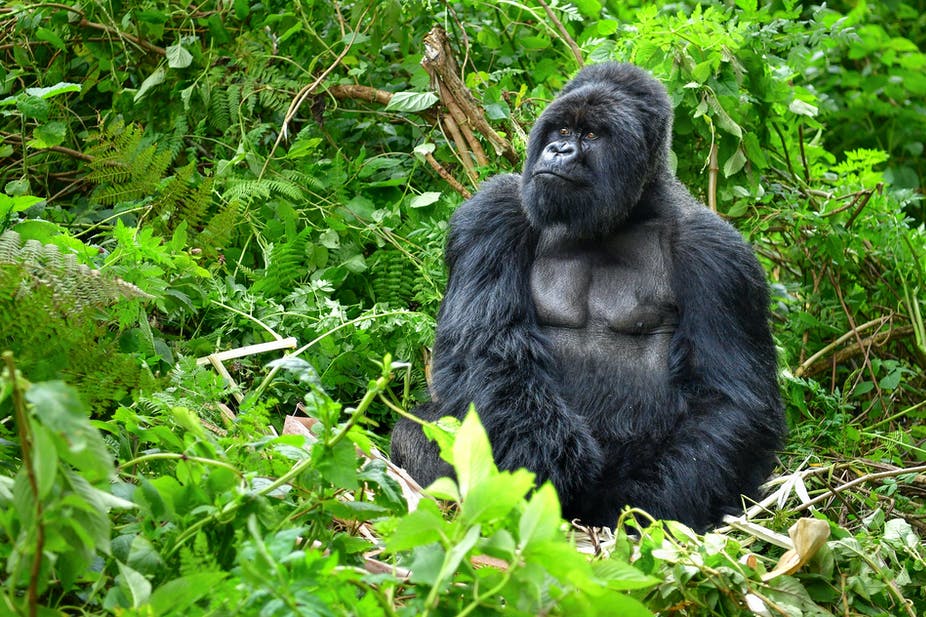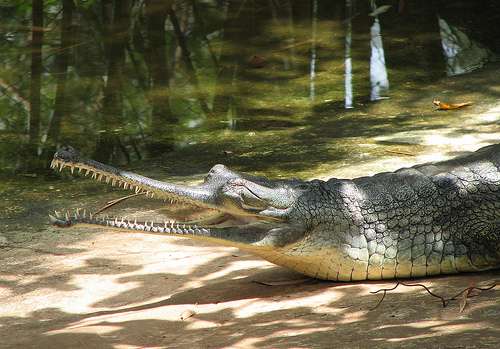

03/08/2021
In celebration of National Endangered Species Day (May 21st, 2021), World Wildlife Fund (WWF) recognized the animals around the world most in need of protection and conservation efforts and here is a list of 12 critically endangered animals.
1. Amur Leopard

Between 2014 and 2015, there were only around 92 amur leopards left in their natural range. This number is now estimated to be less than 70. They are extremely vulnerable to poachers, who kill them for their coats and bones, the latter of which is sold for use in traditional Asian medicine. They are also at risk from habitat loss due to natural and man-made fires. Climate change is also leading to a decrease in prey availability.
2. Rhino
Rhinos are one of the most poached animals on the planet. Their horns are used in traditional Chinese medicine and displayed as a symbol and demonstration of wealth. A Javan rhino horn can sell for up to USD$ 30 000 per kg on the black market. Because of poaching, three of the five species of rhinos are among the most endangered species in the world: the black rhino, the Javan rhino and the Sumatran rhino. The Javan rhino is the closest to extinction with only between 46 to 66 individuals left, all of which are in Ujung Kulon National Park in Indonesia
3. Orangutan
The two kinds of orangutan- the Bornean and the Sumatran orangutan- have both experienced sharp declines in populations. A Century ago, there were probably more than 230,000 orangutans in total, but the Bornean orangutan is now estimated at about 104 700 based on updated geographic range and the Sumatran about 7,500. They are primarily threatened by habitat loss from human-caused deforestation for palm oil.
4. Gorilla

There are two species of gorillas, the Eastern gorilla and the Western gorilla, which both have two subspecies. Three out of four are critically endangered on the IUCN Red List of Threatened Species. The only one that is not is the Mountain Gorilla, a subspecies of the Eastern Gorilla, which is considered Endangered. There are only around 200 - 300 adult Cross River Gorillas left in the wild. Like many endangered animals, their decline is mostly due to poaching, habitat loss, disease and human conflict. Gorillas are also slow to recover as they have a low reproductive rate, with females only giving birth every four to six years. One female will breed three or four times in her lifetime.
5. Sao la
The Sao la is one of the rarest mammals on the planet. It was first discovered in 1992 in the Annamite Range in Việt Nam and is rarely seen. No formal surveys have been undertaken to determine accurate population numbers, but the IUCN estimates the total Sao la population to be less than 750, likely to be much less.
6. Vaquita
As both the smallest and most endangered marine mammal in the world, the vaquita has been classified as critically endangered by the IUCN since 1996 and experts say there may only be about nine vaquitas left, despite extensive conservation efforts. Their biggest threat is from the illegal fishing of totoaba, a large fish in demand because of its swim bladder. Vaquitas accidentally end up entangled in the gillnets set for totoaba and drown because they can no longer swim to the surface to breathe. Conservation efforts led to the introduction of a ban on gillnets in vaquita habitat back in July 2016, but illegal fishing continues, and the threat remains. Efforts now focus on enforcing the ban on gillnets and persecuting those that use them. Conservationists are also working to decrease demand for totoaba, which is a protected species.
7. Tiger
Of all the big cats, tigers are the closest to extinction. with fewer than 3 900 tigers remaining in the wild, they exist in only 4% of their historic range. Sunda tigers in particular are especially vulnerable. With numbers estimated to be at fewer than 400 today, accelerating deforestation and rampant poaching mean it could end up extinct like its Javan and Balinese counterparts. Despite increased efforts in tiger conservation- including strengthening law enforcement and anti poaching capacity- a substantial market remains in Sumatra and other parts of Asia for tiger parts and products.
8. Yangtze Finless Porpoise

Finless porpoises live in the Yangtze River in China. Unfortunately, they are vulnerable to fishing; even though they are not directly targeted by fishermen, large numbers of the species die when they become accidentally entangled in fishing gear. The waters they live in are also constantly busy with fishermen and people using the waterways to move around, so they get injured and killed by boats and ships. Additionally, their waters are also affected by high levels of toxic pollutants. There are 1,040 finless porpoises left in the Yangtze. The annual decline rate of 13% means these animals are expected to become extinct within 10 years if there are no effective conservation actions in place.
9. Kakapo
Kakapos are nocturnal ground-dwelling parrots from New Zealand and are critically endangered with only around 140 individuals remaining, each one with an individual name. They were once common throughout New Zealand and Polynesia but now inhabit just two small islands off the coast of southern New Zealand. One of the main threats to Kakapos is predation from introduced species such as cats and stoats that hunt using scent. It is effective against predators that rely on sight to hunt but not smell. Females also leave the nest unattended when finding food, leaving the eggs freely available to predators. Intensive conservation measures mean the population is on the increase now, which is positive. But genetic diversity is low among the remaining kakapo, which could affect survival in the future, especially if they are struck by a disease.
10. Sea Turtle
Two species of sea turtle are critically endangered on the IUCN Red List of Threatened Species: Hawksbill Turtles and Kemps Ridley Turtles, while Leatherback sea turtles are classified as vulnerable, though the population is decreasing, and several subpopulations are facing extinction. Hunting is one of the biggest threats to sea turtles, with poachers targeting their eggs, shells, meat and skin. They are also at risk from habitat loss, bycatch and pollution as well as climate change.
Recent estimates show us that there are nearly 6.5 million sea turtles left in the wild with very different numbers for each species. Population estimates for the hawksbill turtle range from 83,000 to possibly only 57,000 individuals left worldwide. Kemp’s Ridley and Flatback turtles each have a very narrow distribution, with less than 10,000 individuals left for each species (medium estimates: 25,000 and 69,000 respectively).
11. Gharial

Gharials are fish-eating crocodiles from India. They have long thin snouts with a large bump on the end which resembles a pot known as a Ghara, which is where they get their name. They spend most of their time in freshwater rivers, only leaving the water to bask in the sun and lay eggs. Unfortunately, Gharial numbers have been in decline since the 1930s and, sadly, this large crocodilian is now close to extinction. There are only around 100 to 300 left in the wild. Their decline is due to several issues, though all human made. Habitat loss, pollution and entanglement in fishing nets pose some of the biggest threats, along with poachers that target them for use in traditional medicine.
Phương Linh
(Source: Vietnam Environment Administration Magazine, English Edition II - 2021)